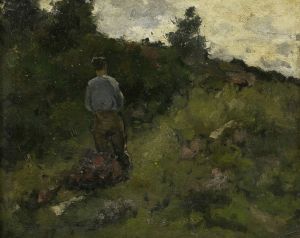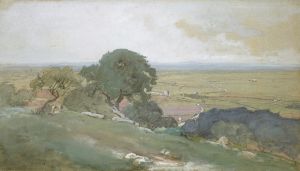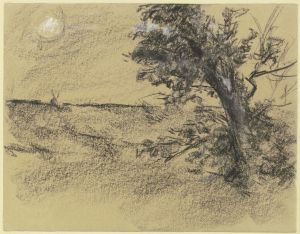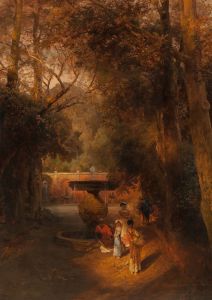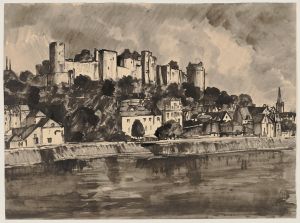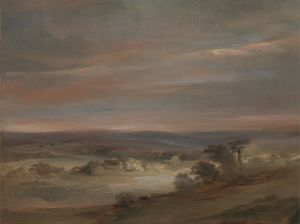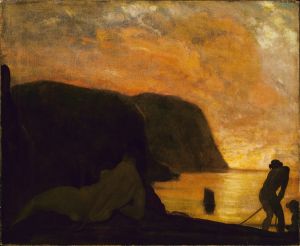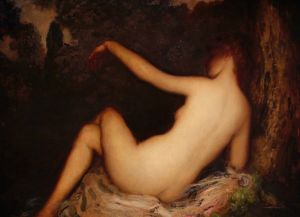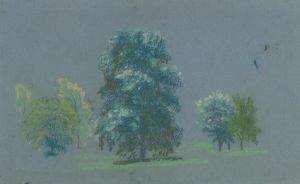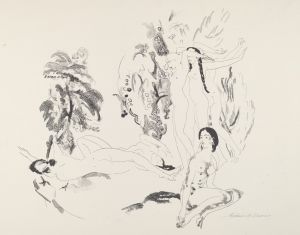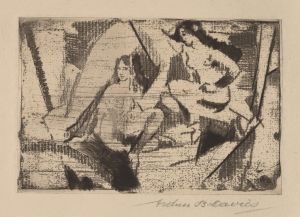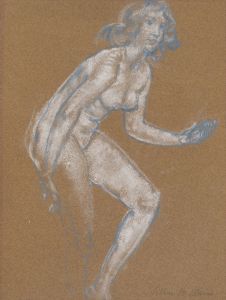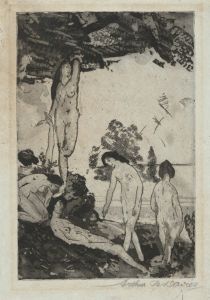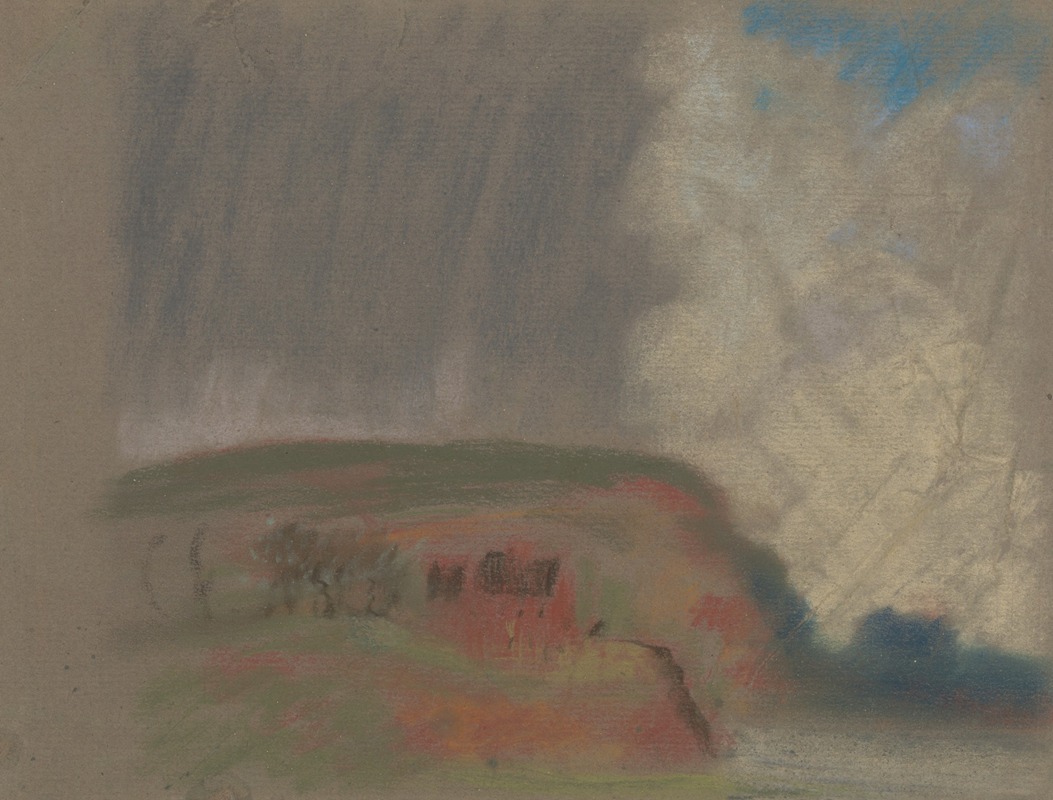
House on Hillside
A hand-painted replica of Arthur Bowen Davies’s masterpiece House on Hillside, meticulously crafted by professional artists to capture the true essence of the original. Each piece is created with museum-quality canvas and rare mineral pigments, carefully painted by experienced artists with delicate brushstrokes and rich, layered colors to perfectly recreate the texture of the original artwork. Unlike machine-printed reproductions, this hand-painted version brings the painting to life, infused with the artist’s emotions and skill in every stroke. Whether for personal collection or home decoration, it instantly elevates the artistic atmosphere of any space.
Arthur Bowen Davies was an American artist known for his role in the early 20th-century art scene, particularly as a member of The Eight, a group of artists who challenged the academic standards of the time. One of his notable works is "House on Hillside," which exemplifies his unique style that blends elements of realism and symbolism.
"House on Hillside" is a painting that captures a serene and idyllic landscape, featuring a house situated on a gentle slope. The composition of the painting reflects Davies' interest in creating harmonious and dreamlike scenes. His use of soft colors and delicate brushwork contributes to the ethereal quality of the painting, inviting viewers into a tranquil world that seems both familiar and otherworldly.
Davies was deeply influenced by the Symbolist movement, which is evident in "House on Hillside." The painting does not merely depict a physical location but also evokes a sense of mystery and introspection. The house, while central to the composition, is enveloped by the natural surroundings, suggesting a unity between human habitation and the landscape. This theme of harmony between humanity and nature is recurrent in Davies' work, reflecting his philosophical interests and his desire to transcend the mundane.
The artist's background and experiences significantly shaped his artistic vision. Born in Utica, New York, in 1862, Davies initially studied at the Art Institute of Chicago and later at the Art Students League in New York. His exposure to various artistic movements and his travels in Europe enriched his understanding of art and influenced his stylistic development. By the time he painted "House on Hillside," Davies had already established himself as a prominent figure in the American art scene.
Davies' role in organizing the 1913 Armory Show, a pivotal event in American art history, further underscores his influence. The exhibition introduced American audiences to European avant-garde artists and movements, such as Cubism and Fauvism, and marked a turning point in the acceptance of modern art in the United States. Although "House on Hillside" predates the Armory Show, it embodies the spirit of innovation and exploration that characterized Davies' career.
Throughout his life, Davies maintained a balance between his artistic pursuits and his personal life. He was known for his reclusive nature, often retreating to the countryside to find inspiration for his work. This connection to nature is evident in "House on Hillside," where the landscape is not just a backdrop but an integral part of the painting's narrative.
In summary, "House on Hillside" by Arthur Bowen Davies is a testament to the artist's ability to blend realism with symbolism, creating a work that is both visually appealing and thought-provoking. The painting reflects Davies' philosophical interests and his commitment to exploring the relationship between humanity and nature. As a key figure in the American art scene, Davies' contributions continue to be recognized for their impact on the development of modern art in the United States.





